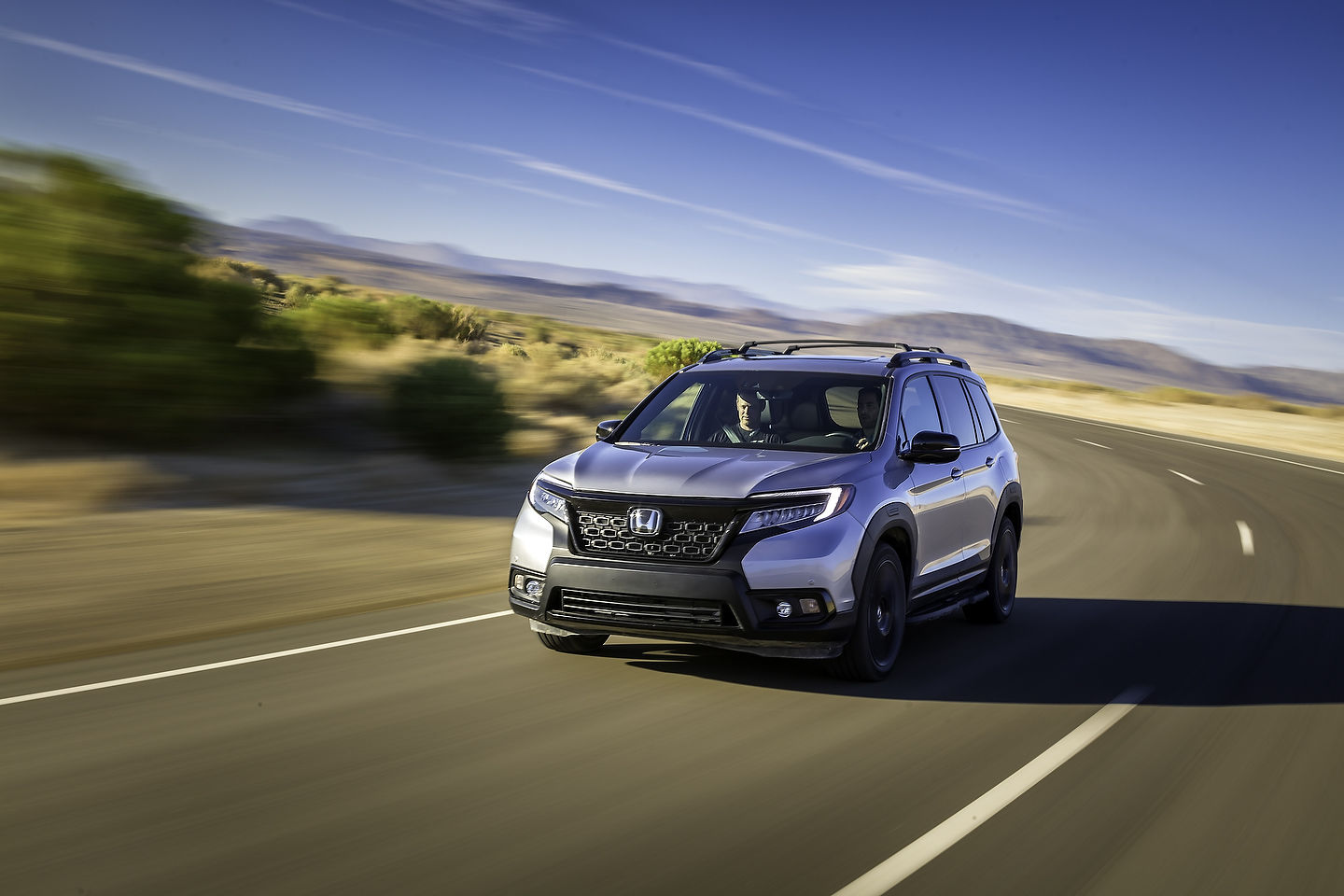Here's what experts say about the 2019 Honda Passport
December 30 2018, Portland Street Honda

Experts are unanimous, Honda needed a new SUV positioned between the CR-V and the Pilot. Following its unveiling at the Los Angeles Auto Show, the Honda Pilot was quick to receive positive reviews. Let’s take a look.
As midsized SUVs continue to proliferate and shoppers migrate from sedans to SUVs, a five-passenger version of the Pilot makes a lot of sense, appealing to families that just don’t need a three-row SUV. The off-road capability is a nice addition, but the majority of the Passports sold are likely to be adventuring on pavement – Consumer Reports
---
The Passport is six inches shorter than the Pilot, but the two share a 3.5-liter V-6 engine rated at 280 horsepower and 262 pound-feet of torque. In the Passport, a 9-speed automatic transmission is standard and it can send power to either the front or all four wheels. The optional all-wheel-drive system is shared with the Pilot and includes several traction control modes for slippery terrain. Uniquely, all-wheel-drive Passports sit about three-quarters of an inch higher off the ground than front-drive models. With a running ground clearance of 8.4 inches, the Pilot can climb over obstacles that would stop the Ford Edge – The Car Connection
---
The Honda Passport is back—but this time, it’s a far cry from the rebadged Isuzu SUV that wore this name in the 1990s. This new model is instead a mid-size crossover that is larger than the CR-V and will essentially be a smaller version of the three-row Honda Pilot. The Passport will go up against crossovers such as the Ford Edge, the Hyundai Santa Fe, and the Nissan Murano. Under the hood is the same 280-hp 3.5-liter V-6 and nine-speed automatic transmission as the Pilot. Front-wheel drive is standard; Honda's all-wheel-drive system, dubbed i-VTM4 (Intelligent Variable Torque Management), is optional. It features drive settings for Normal, Sand, Snow, and Mud, and is capable of directing torque using the brakes without the added cost, weight, or complexity of a torque-vectoring differential – Car & Driver
To learn more, contact us today at Portland Street Honda.

